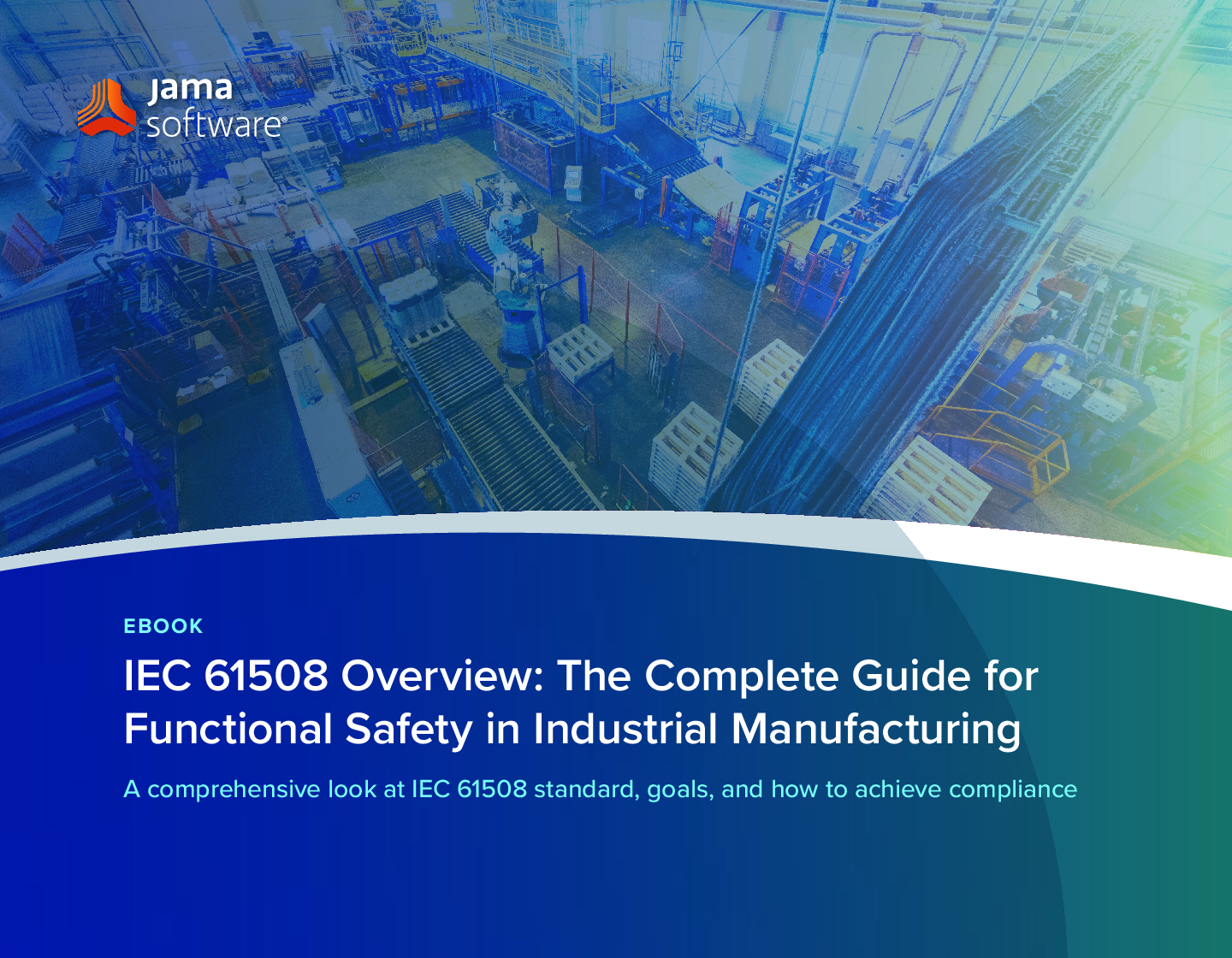
IEC 61508 Overview: The Complete Guide for Functional Safety in Industrial Manufacturing
IEC 61508—the key standard for functional safety in industrial manufacturing. Learn the details of IEC 61508, best practices, and how to achieve compliance.
IEC 61508 is an international standard for the functional safety of electrical, electronic, and programmable electronic (E/E/PE) safety-related systems. It provides a framework to ensure that these systems perform reliably and safely, especially in environments where a system failure could lead to hazards. The standard is applied across various industries, including oil and gas, manufacturing, and automotive, to help prevent accidents and reduce risks associated with system malfunctions.
IEC 61508 was developed to address the need for a systematic approach to managing safety risks associated with E/E/PE systems. As these systems have become increasingly complex and ubiquitous, so has the potential for failures that can cause harm to people, the environment, or equipment. IEC 61508 offers structured methodologies for designing, implementing, and maintaining these systems with the goal of achieving functional safety, which refers to the part of overall safety that relies on the correct functioning of the system in response to inputs or conditions.
The standard comprises seven parts, each addressing specific aspects of functional safety management. The first three parts cover the general requirements for the lifecycle of safety-related systems, including hazard and risk analysis, safety requirements, and design principles. Parts four through seven focus on specific methods and techniques, including definitions, guidance on software design, application-specific considerations, and methods for applying the standard across different sectors.
A central concept within IEC 61508 is the Safety Integrity Level (SIL), a measure of the reliability of a safety function. SILs range from SIL 1 (lowest) to SIL 4 (highest), indicating the level of risk reduction required. The appropriate SIL for a function is determined through hazard and risk analysis, considering the likelihood of a failure, potential consequences, and the need to mitigate these risks. This analysis helps ensure that the necessary precautions are in place to protect against system failures and associated hazards.
Complying with IEC 61508 offers multiple advantages. For organizations, it can enhance safety, reduce liability, and facilitate access to markets where certification to the standard is required. Compliance also provides a structured approach to managing safety, improving the consistency and reliability of safety practices across projects.
Ensuring compliance with IEC 61508 involves systematic risk assessments, adherence to lifecycle phases, and maintaining documentation that proves adherence to safety requirements. Achieving compliance can be complex, particularly as projects grow in scale and sophistication. Software tools, like Jama Connect®, are instrumental in supporting IEC 61508 compliance efforts. Jama Connect provides features for requirements management, traceability, and real-time collaboration, which are essential for managing the detailed documentation and communication needed for IEC 61508. With built-in tracking for compliance requirements and verification tools, Jama Connect helps organizations ensure they meet the standard’s requirements and can demonstrate compliance to regulators or clients.
In summary, this paper examines IEC 61508, an essential standard for functional safety in E/E/PE systems, guiding industries in managing safety risks. It also shares how, through structured compliance with its requirements, organizations can achieve improved safety and operational reliability, while tools like Jama Connect streamline the compliance process, making it easier to adhere to the rigorous demands of functional safety standards.
In this eBook, we examine:
- What IEC 61508 is, and why it matters
- The seven parts of the functional safety standard
- Hazard and risk analysis for determining SIL